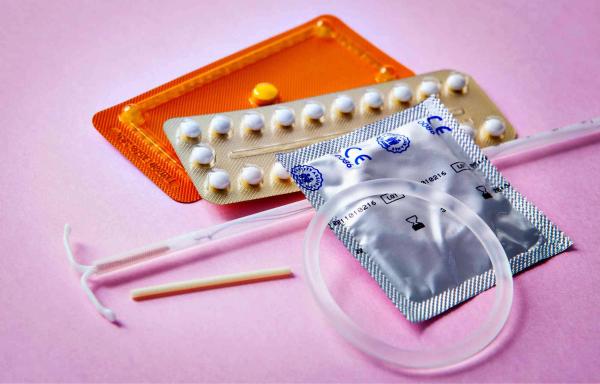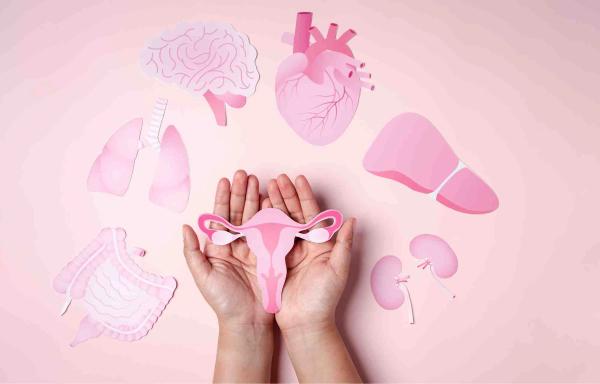Contraceptive pills with progestin
Birth control pills with progestogen (but without estrogen) prevent fertilization first and foremost by making the mucus in the cervix tougher and thus prevent the sperm from reaching the egg cell. They will also to some extent prevent the egg cell from maturing and thus prevent ovulation.
Mini pills
Mini-pills are very similar to birth control pills without estrogen, but mini-pills do not prevent ovulation and will be a little less safe for that reason. They must also be taken at the same time each day.
Contraceptive pills with progestogen and estrogen
Birth control pills with progestogen and estrogen prevent ovulation, are very safe and provide better bleeding control. But birth control pills will also increase the risk of, among other things, blood clots and cardiovascular disease.



